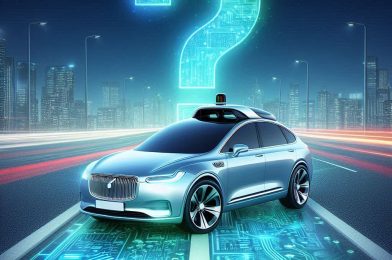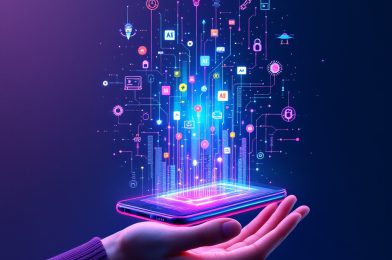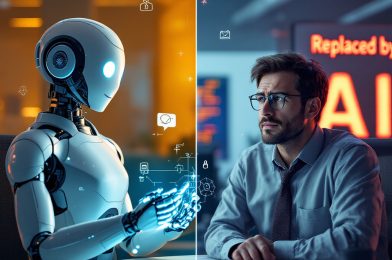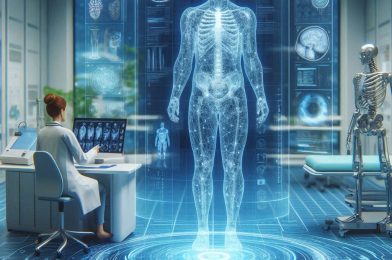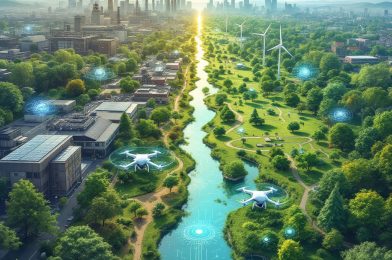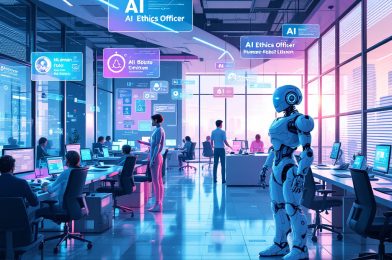Self-driving cars have been a topic of fascination and debate for years now. The idea of vehicles autonomously navigating roads without human intervention seemed like a far-off dream not too long ago. However, with rapid advancements in technology, self-driving cars are becoming more of a reality than ever before.
Companies like Tesla, Google’s Waymo, and Uber have been at the forefront of developing and testing self-driving car technology. These companies have invested millions of dollars into research and development, aiming to make autonomous vehicles safer and more efficient than traditional human-driven cars.
One of the biggest promises of self-driving cars is the potential to reduce accidents and fatalities on the road. By eliminating human error, which is a leading cause of accidents, self-driving cars have the potential to save thousands of lives each year.
Despite the progress made in self-driving technology, there are still significant challenges that need to be overcome before these vehicles can become mainstream. One of the primary challenges is ensuring the safety and reliability of self-driving cars in all driving conditions, including inclement weather and complex urban environments.
Another important consideration is the legal and ethical implications of self-driving cars. Who is responsible in the event of an accident involving a self-driving vehicle? How should regulations be adapted to accommodate these new technologies?
Public acceptance is also a key factor in the widespread adoption of self-driving cars. Many people still have reservations about entrusting their safety to a machine, and concerns about privacy and cybersecurity continue to linger.
Despite these challenges, the potential benefits of self-driving cars are hard to ignore. From reducing traffic congestion to improving fuel efficiency, autonomous vehicles have the power to revolutionize the way we think about transportation.
As self-driving technology continues to evolve, it is essential for policymakers, industry leaders, and the public to engage in open dialogue about the future of autonomous vehicles. Collaboration and transparency will be crucial in addressing the complex issues that come with integrating self-driving cars into our daily lives.
While fully autonomous self-driving cars may not be a reality for the average consumer just yet, many vehicles already on the market feature advanced driver-assistance systems that provide a glimpse into the future of transportation.
The journey towards fully autonomous self-driving cars is ongoing, with significant progress being made each day. While there are still obstacles to overcome, the potential benefits of self-driving technology are immense, and it is only a matter of time before we see these vehicles on roads around the world. The question remains: are we there yet? The answer may be closer than we think.
